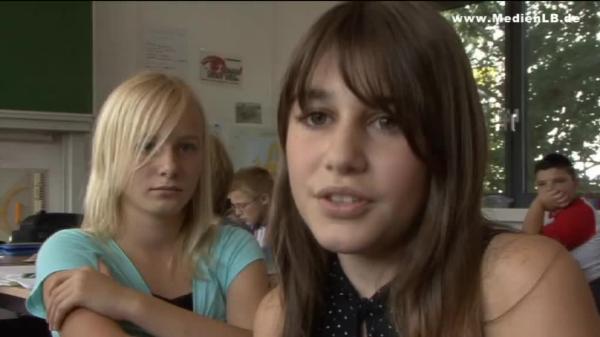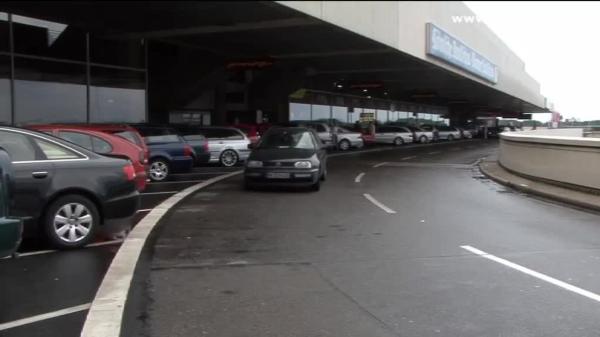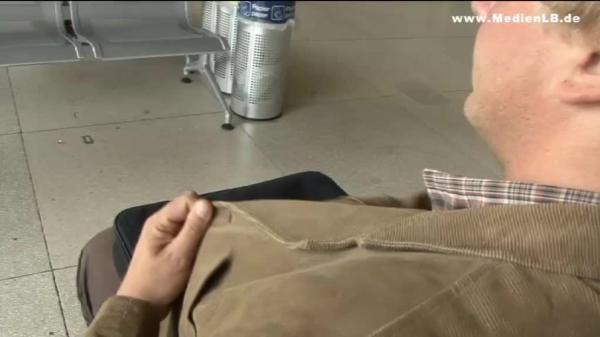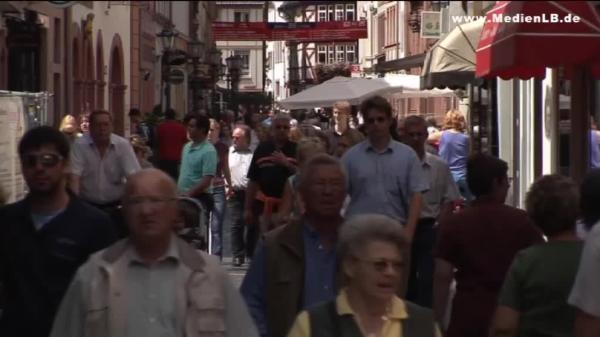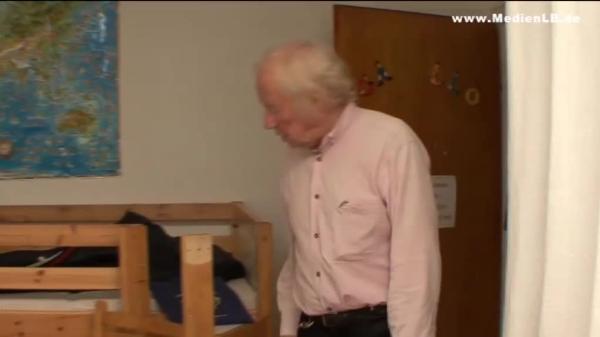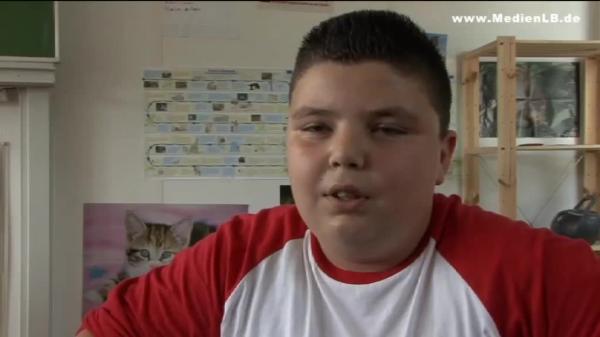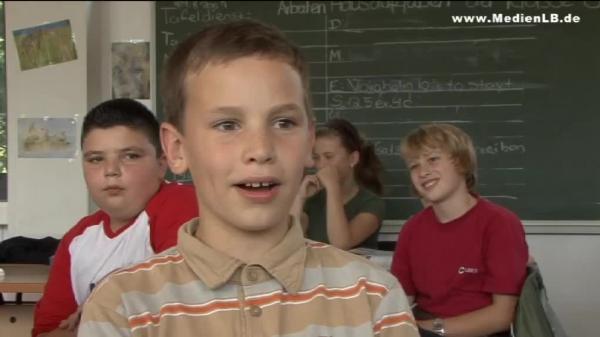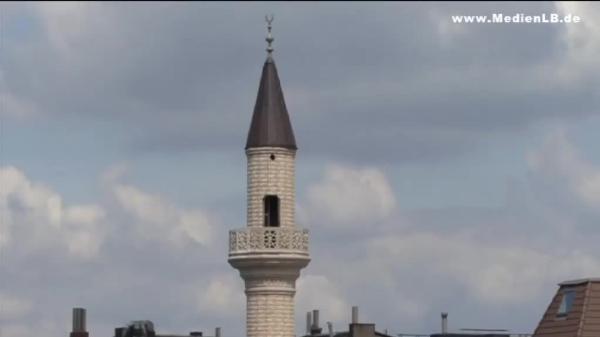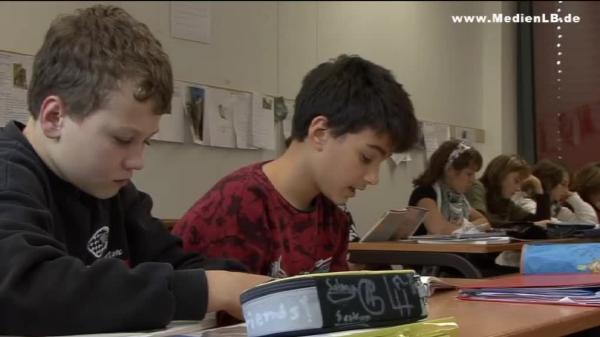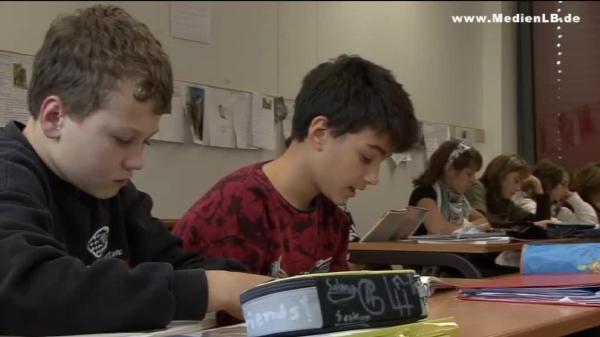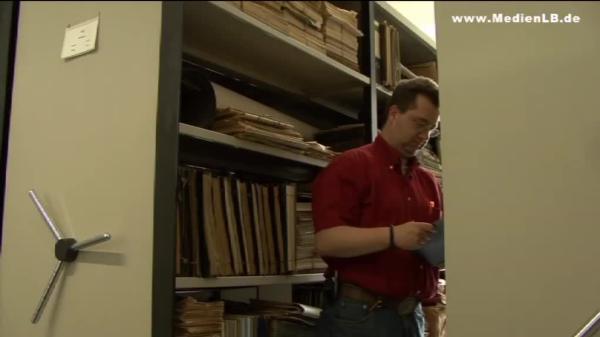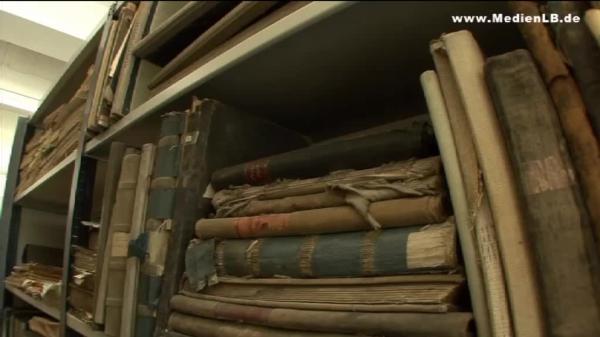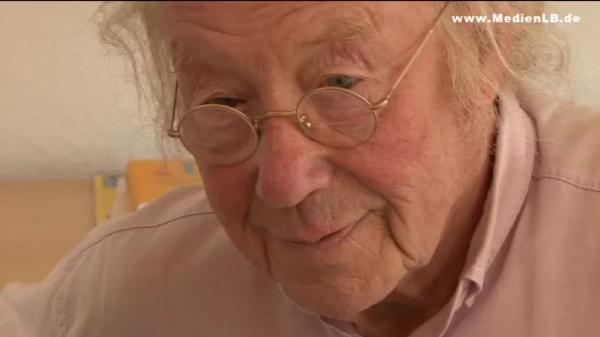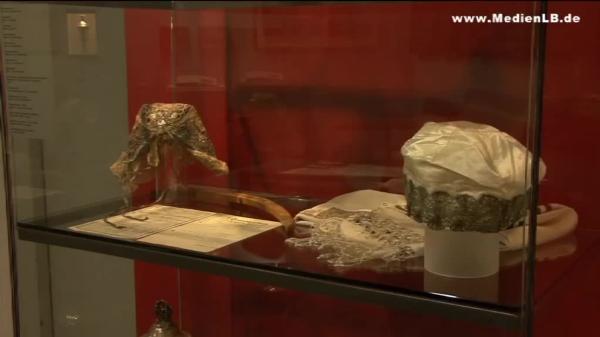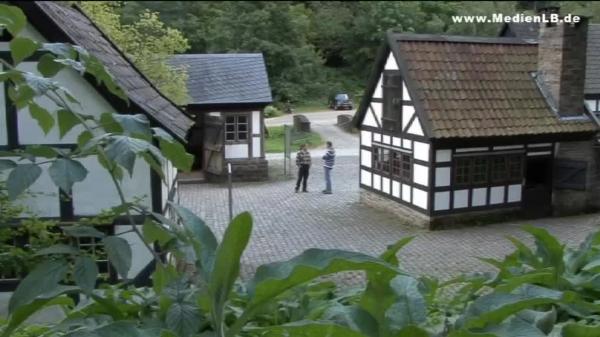Heimatliche Spuren
Heimat, Fremde, Heimweh

Home - Home, Foreign Parts, Home Sickness

1. Home 1.1 What is Home? - For me home is a place where I feel safe & where I can survive. - Home is always the place you’re from, and it’s part of your life. - The place where I have my roots. - Home is a place where I can go if I have problems. - Where I’m welcome & where I feel comfortable, a familiar place. - Home is home, i. e. all that I want. We all have a home. With the term home we primarily associate our parents and siblings, who give us a sense of comfort and security. Our hometown is where we were born and where we live. Often our parents were born here too. But what does the term home mean? If we look it up its definition in an encyclopedia, we’ll learn that it means the place where we feel at home, the place in which we’re growing up. Home is that which is familiar. The opposite of home is abroad, foreign countries; being forced to leave one’s home country is called going into exile. What we consider to be home also has to do with language, music and art, one’s personal history, religion and the law. 1.2 Home Sickness The loss of one’s home often brings about a feeling of home sickness. Home sickness is caused by being far away from one’s family, one’s friends or from a familiar place. Things that are familiar to us and which evoke memories can either cause home sickness too – or they can soothe us. That could be the taste of a certain fruit, a beautiful landscape, voices on the answering machine, photos and letters from family and friends. But home sickness can also arise when people remember things that don’t exist anymore today. Therefore home sickness does not solely occur in foreign towns and countries. 1.3 The Changing of One’s Native Land “Home is not where one resides but where one is understood”, the poet Christian Morgenstern wrote. There one can find feel at home. However, one’s native land changes. A population change is already taking place. In 2040 there will be a lot more people over the age of 60 living in Germany. People’s life expectancy is increasing, however, at the same time fewer children are born. The number of Germans will decrease, the number of immigrants increase. Over the past 100 years a lot has changed. Today most grandfathers are between 50 and 60 years old. When granddad was little, his granddad was also between 50 and 60. Granddad’s granddad lived around 100 years ago. Computers and television were unknown then, there were very few cars, airplanes had only just been invented. And of course, at school everything was very different to what it is today. Granddad’s granddad wrote in a different handwriting than we do today. It was called the Sütterlin Script or German Script. Some people say that in those days children used to write more beautifully than they do today. We can find out about the history of our native land not only in museums but also from members of our family and the older generation. They tell us their stories and remember their native land in a way very different to what we know today. 1.4 Returning Home Home is of great importance to humans. Thus it is not surprising that even the bible contains many stories about returning home and people who return home. Again and again individuals or even entire people had to go off to foreign parts. Home is the place where people speak the same language, the landscape is familiar and beloved, where people share the same culture, where there are familiar people and ancestors used to live. To have a home is one of the basic needs and basic rights of man. Everyone should be allowed to stay in one’s native land. 1.5 My Home 1.6 Old and New 2. Moving Home 2.1 Place of Work and Adopted Country Home is something familiar that you know well, and it doesn’t have to be the place where you grew up. I’m Turkish and I also feel at home in Turkey, we have a home there just like we have here. I haven’t lived here that long, but I know my way around here now so that it’s become a home for me too. In our day and age the sense of being understood is not associated solely with one’s place of birth any longer. Today it is easier to live and work in other parts of one’s home country or even abroad. Hardly anyone stays in one’s birth place forever these days. It is much easier to move. Reasons for a move could be starting university, further vocational training, or a new job. Our ability to live and feel at home anywhere has also made the world a little smaller: typical regional characteristics change, different cultures assimilate progressively. Many companies now have branches all over the world at which they employ local people. Because of the diverse places of residence and employment people have in different countries the world is uniting more and more. Many people today are not afraid of leaving their homeland and moving to foreign parts. In addition to the place where they were born and grew up, many have found a new home or a second home, a place where they now live, work and also hope to find new friends. 2.2 Germany – Country of Immigration During the mid-1950s Germany was in need of labourers and thus immigration of foreign workers began. Since then more and more people from different ethnic backgrounds have immigrated. Many decided to stay on. That however has not been an easy situation for the immigrants nor the native people. Differences in language, background as well as religion created insecurities. Large parts of society were not prepared for the enormous influx of foreign people. Even today many problems have not been resolved yet and still lead to difficulties in coexistence. 2.3 Working Abroad 2.4 Where do you come from? 3. School as a Place to Meet 3.1 Prejudice Over the past decades school has become a place in which children and youths from many different countries and nations all over the world live and learn together. To deal with being foreign and being different all the time is not easy for anyone. Most of all it calls for mutual respect and consideration. All too often children have are confronted with xenophobia and prejudice which they have mostly adopted from grown-ups. Handicapped people often meet with prejudice too. Terms such as alien, foreigner, war, peace, enmity and friendship affect our joint thinking and action. In almost all classes at school there are children of immigrants and children whose parents are foreigners. They have first-hand experience of being a stranger in foreign country. That’s similar to joining a new class at school. It is important that one doesn’t have to be afraid of anything and that one can learn from each other. The terms we use today and how we define them are important for our understanding of the so-called “one world” or the so-called “Third World” Not everything that we find in our everyday lives has been manufactured or cultivated here. Many things we take for granted, such as trainers, bananas or toys, however they don’t originate in our native country but have travelled long distances to get here. In a so-called worldshop you can buy products from faraway countries, which were cultivated, harvested or manufactured there. That can be foodstuffs, clothes or spices. In such shops you can learn about foreign cultures and meet consumers from other countries. The more we know about the people from different cultures the easer it is to coexist peacefully. 3.4 Gallery of Prejudice 3.5 Many Peoples, One World 4. Researching Local and Natural History 4.1 Researching Local History in Archives Just like detectives looking for clues in a whodunnit in which a crime has to be solved and the scene of crime has to be searched for clues, there are people who collect personal items of other people that will tell them something about their lives. These people are called archivists or librarians. An archive is a room or a building in which collections of records, documents and letters are kept. There you can find maps, paintings, books and manuscripts, i. e. handwritten texts. You’ll find tables, chairs, vases and crockery, sometimes even treasures of great value. But before these old scripts for example can be stored properly, they have to be cleaned. This is taken care of by experts e. g. at workbenches using a special eraser while wearing masks and gloves. After cleaning the documents are stored in acid-free boxes on special mobile shelving units in ventilated window-free rooms. These offer ideal conditions for storing these often very old treasures. 4.2 “Heimatfilme” and Novels The yearning for security and a place to call home becomes apparent when considering the poplularity of the Heimatfilm. These are films which usually depict an idealised world. They are often set in the mountains of Austria, Bavaria or Switzerland, or sometimes the Lüneburger Heide. Their themes are usually friendship, love, family and life in the rural community. The plots are simple and the films have a happy ending. One of the most famous films of this kind is “Heidi”, with a plot that has been the basis of many films. Such films are produced in great quantities and appeal to a large audience, as they are undemanding and don’t require much thinking: they are quite relaxing. The Heimatroman is a novel that usually tells a story about how the arrival of a stranger disturbs the tranquility of a region. These novels also tend to have a happy ending – the order at the village is restored. 4.3 Museum of Local History At a local history museum everyday objects from past times are stored and collected. This saves them from destruction and for following generations who can learn from them what everyday life used to be like. Museums however are not random treasure rooms or general haphazard collections, unlike flea markets. At local history museums you will always find objects that are connected to local history. Documents pertaining to important townspeople, artists, manufacturers, etc. can also be found here. They tell visitors something about the town and its environment, not unlike a granddad telling his grandchildren. Local history museums are therefore vivid places of learning. 4.4 Open-Air Museum A museum of buildings or open-air museum is a place where a collection of interesting buildings respectively objects is made accessible to the public. The idea behind these museums is to inform visitors about a specific subject, or a certain historical period. Entire houses and constructions from the past are exhibited preferentially. They offer a vivid insight into historical construction methods as well as the way of life in the past. Usually the historical buildings are reconstructed meticulously at the original sites and then relocated to a new, specially designated site where they are reerected and arranged like a jigsaw puzzle. However, one thing we should not forget: Despite all the differences in culture and ways of life... ... after all we all share the same home: our planet earth.


